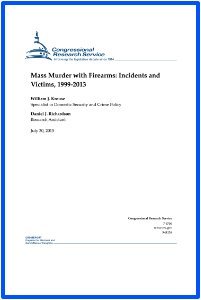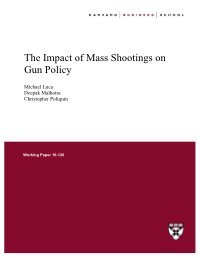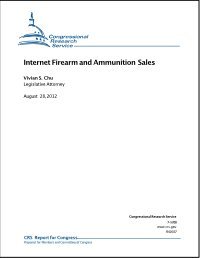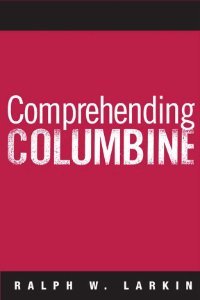ByFiona Mangan and Matthias Nowak
This Briefing Paper from the Small Arms Survey maps cross-border arms trafficking in West Africa and the Sahel through case studies on Niger, Mali, Guinea-Bissau, and the two tri-border areas of Burkina Faso–Côte d’Ivoire–Mali, and Ghana–Côte d’Ivoire–Burkina Faso. The study reveals that highly organized trafficking networks move sizable arms quantities across large areas of land north of the Niger River. Arms trafficking south of the river is more characterized by lower-level arms flows and local intermediaries engaging in so-called ‘ant trade’. Actors range from long-established criminals, corrupt officials, and organized trafficking rings, to tribal networks and low-level transporters. Based on field research, The West Africa–Sahel Connection: Mapping Cross-border Arms Trafficking analyzes the links between illicit arms trafficking and other forms of trafficking and organized crime in the region. The study also looks into the impacts of such arms trafficking as well as the responses to it.
Geneva: Small Arms Survey, 2019. 24p.





















